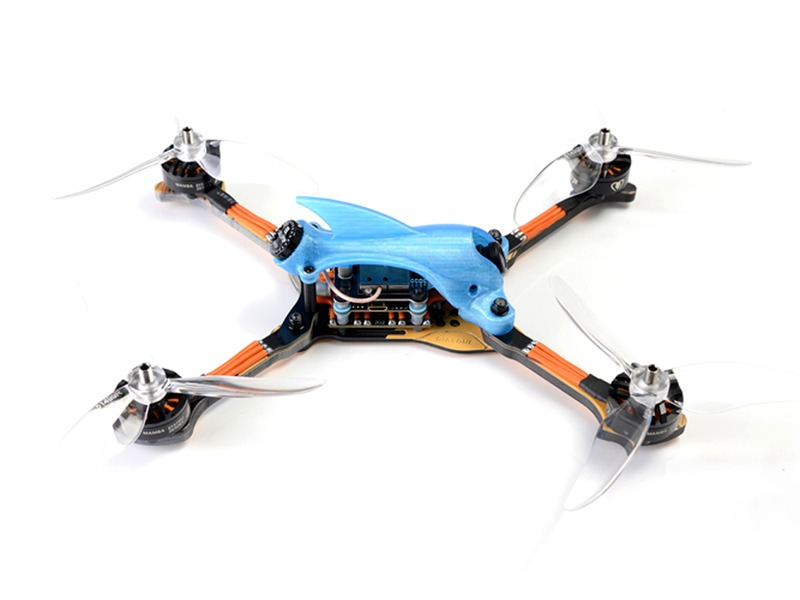How does a quadcopter pitch roll and yaw?

A quadcopter is a type of unmanned aerial vehicle (UAV) that is powered by four rotors. It is capable of taking off, hovering, and landing without the need for a runway. Quadcopters are popular for use in photography, videography, and other recreational activities.
Pitch, roll, and yaw are the three axes of motion for a quadcopter. Pitch is the up and down movement of the drone. When the quadcopter pitches forward, the nose of the drone moves up and the tail moves down. When the quadcopter pitches backward, the nose of the drone moves down and the tail moves up.
Roll is the side-to-side movement of the drone. When the quadcopter rolls left, the left side of the drone moves up and the right side moves down. When the quadcopter rolls right, the left side of the drone moves down and the right side moves up.
Yaw is the rotation of the drone around its vertical axis. When the quadcopter yaws left, the nose of the drone moves left and the tail moves right. When the quadcopter yaws right, the nose of the drone moves right and the tail moves left.
The quadcopter’s motors are responsible for controlling the pitch, roll, and yaw of the drone. Each motor is connected to a propeller and is capable of producing thrust in any direction. By adjusting the speed and direction of the motors, the quadcopter can move in any direction.
The quadcopter’s onboard flight controller is responsible for controlling the motors. It receives input from the pilot, such as the desired pitch, roll, and yaw, and then calculates the necessary motor speeds and directions to achieve the desired motion.
In order to fly the quadcopter, the pilot must be able to accurately control the pitch, roll, and yaw of the drone. This requires a good understanding of the quadcopter’s controls, as well as practice. With enough practice, a pilot can master the art of controlling the pitch, roll, and yaw of the quadcopter.
Comments / Question
2. Make sure to maintain a safe distance from any obstacles or other people/objects that could be affected by the quadcopter’s movements.
3. When making adjustments to the pitch, roll, and yaw, make sure to do so slowly to prevent overshooting the desired direction.
4. Always be aware of the wind speed and direction when making adjustments to the pitch, roll, and yaw.
5. Make sure to check that the motors and propellers are working properly before making any adjustments.
1. Accelerometers and gyroscopes: These sensors measure the acceleration and orientation of the quadcopter and are used to calculate changes in pitch and roll.
2. Radio-frequency (RF) remote controllers: These controllers are typically used to manually control the quadcopter and are usually operated from a laptop, smartphone, or handheld remote.
3. Gimbal systems: This is a system of two or more motors that are used to adjust the orientation of the quadcopter. This allows the user to control the orientation or attitude of the quadcopter, which is primarily used to control the yaw of the quadcopter.
4. Autopilot software: This type of software uses advanced algorithms to automatically adjust the quadcopter’s attitude and position in order to achieve a desired result, such as hovering or following a predefined route.

